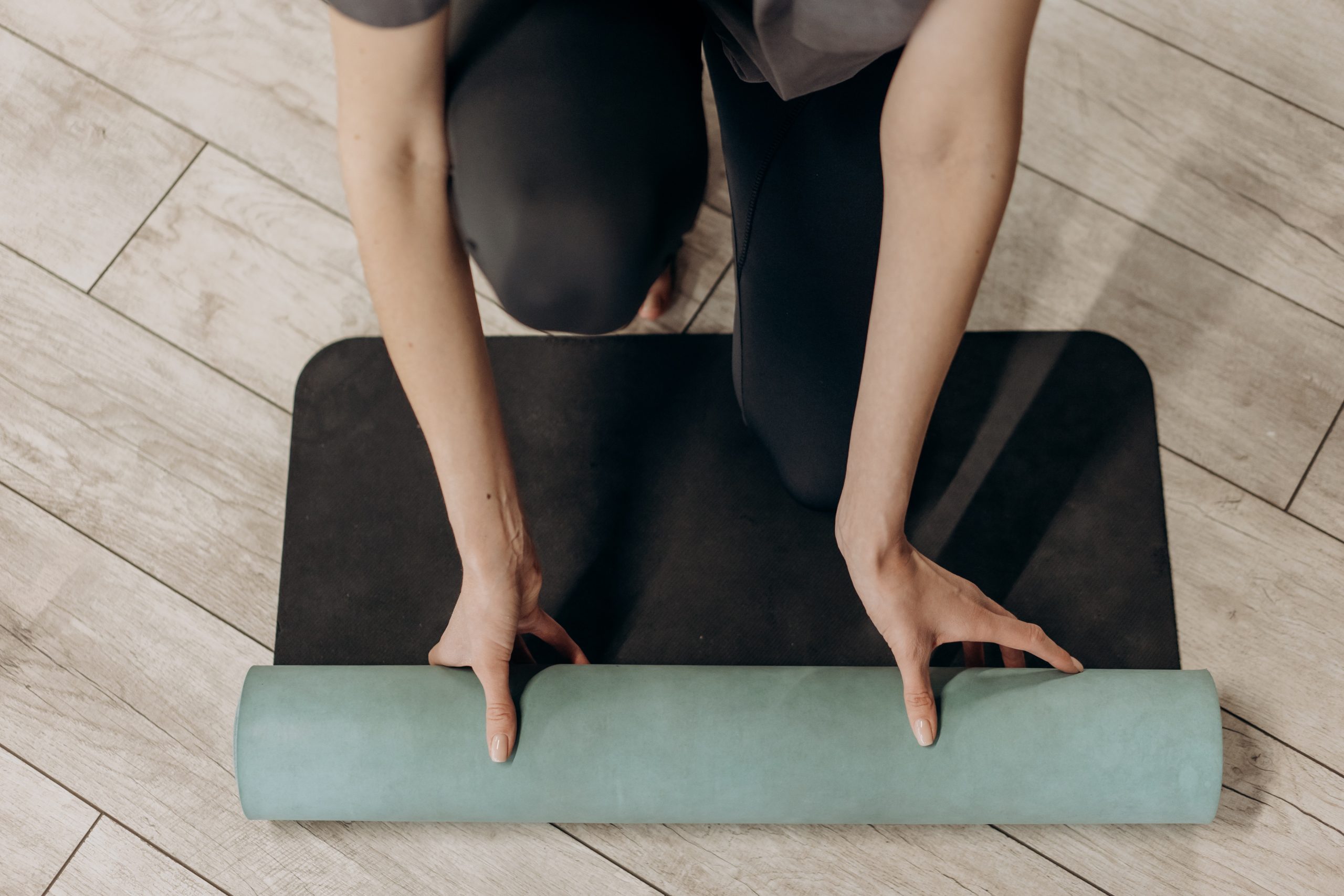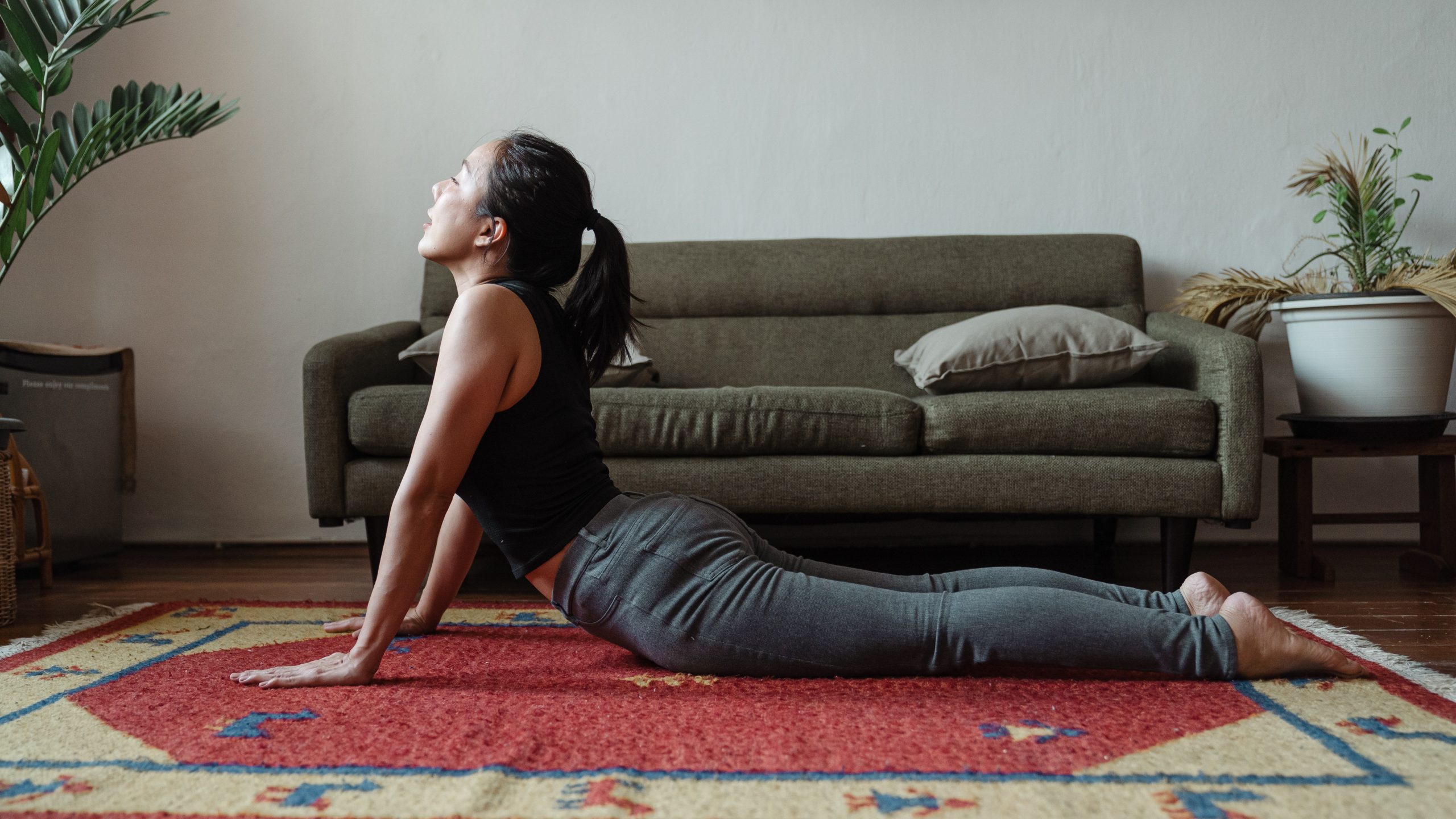Maintaining proper posture is paramount for students, ensuring not only physical well-being but also promoting optimal focus and energy during studies. However, with long hours of sitting, studying, and technology use, many students fall prey to common postural issues like slouching and forward neck lean. Recognizing these challenges is the first step towards addressing and rectifying them.
Understanding Good Posture
When we talk about an upright posture, we refer to a neutral spine alignment where the head is balanced over the pelvis, and the body’s weight is evenly distributed across both feet. This ideal positioning is often sought after by students, especially those hunting to do my homework for best price without compromising their physical health in long sitting sessions. An upright posture reduces stress on the spine and surrounding muscles.
The biomechanics behind proper alignment are fascinating. Every segment of our spine has a natural curve, and maintaining these curves is crucial to minimizing stress on our vertebrae and intervertebral discs. When each part of the spine is in its correct position, it can effectively distribute loads and absorb shocks, making activities like sitting, standing, and walking more efficient and less taxing on the body.
Risks of Poor Posture
Poor posture isn’t merely an aesthetic concern; it brings with it a myriad of physical repercussions. Slouching or hunching can lead to persistent back pain, as the spine is thrown out of its natural alignment. This misalignment often causes muscle imbalances where certain muscles become overused while others weaken. Furthermore, the undue strain on the joints can lead to increased joint stress, heightening the risk of injuries and chronic pain.
On the mental and emotional front, the consequences of poor posture extend beyond the physical. Sitting or standing improperly can reduce oxygen intake, hampering concentration and leading to fatigue more rapidly. Moreover, constantly maintaining a slouched stance can subtly decrease one’s confidence, as body language speaks volumes. Standing tall not only benefits the body but also influences one’s self-perception and how they are perceived by others.
Causes of Poor Posture in Students
For students, the academic environment can inadvertently promote several habits detrimental to posture. Prolonged hours spent sitting and studying often lead to slouching, especially when fatigue sets in. The spine suffers further when students, in their bid to carry essential textbooks, overload their backpacks. Using these backpacks improperly—like slinging them over one shoulder—exacerbates the problem, putting uneven strain on the back.
Moreover, the typical student’s workspace might not always prioritize ergonomics. Desks and chairs that don’t support proper alignment can contribute to hunching and discomfort. Add to this the rise in screen time: students, leaning forward to view their gadgets or using them at incorrect angles, unknowingly adopt postures that can have long-term implications for their spinal health.
Practical Tips for Maintaining Proper Posture
Achieving proper posture as a student involves making minor but impactful changes in daily habits. Starting with the study space, ensure your chair and desk heights align so your feet are flat on the ground, and your arms are at a 90-degree angle when typing. Complement this by introducing posture aids like lumbar supports that encourage the spine’s natural curve. When it comes to screens, position them at eye level to prevent neck strain and adopt the 20-20-20 rule: every 20 minutes, take a 20-second break to look at something 20 feet away, safeguarding your eyes.
Lastly, when it comes to backpacks, always use both straps, distributing the weight evenly. When lifting them, bend your knees and use your legs, sparing your back from unnecessary strain.
Exercises and Stretches to Promote Good Posture
A strong core is fundamental for maintaining an upright posture; consider incorporating planks or leg raises into your routine. For the upper back and shoulders, exercises like rows or face pulls can retract and strengthen muscles that combat slouching. Neck tilts and chest openers alleviate the tightness from constantly looking down at screens or books. Lastly, regularly assess your posture throughout the day—using a mirror or dedicated posture apps ensures you’re aligning correctly and making beneficial adjustments over time.
Maintaining Posture During Daily Activities
While standing or walking, engage your core, pull shoulders back, and ensure even weight distribution on both feet. During lectures and study sessions, sit with your back straight against the chair, feet flat on the ground, and avoid leaning forward excessively. When sleeping, opt for positions that maintain the spine’s natural curve; using a pillow under your knees or between legs can offer additional support, and ensure your head pillow isn’t too high or low.
The Role of Regular Breaks and Movement
Taking short breaks while you look for the best paper writing services is essential not just for mental refreshment but also for physical well-being. Brief exercises, such as neck rotations or shoulder stretches, can revitalize the body, preventing fatigue. Encouraging frequent movement, even just standing or walking for a few minutes, combats stiffness, ensuring both mind and body remain agile during academic endeavors.
Conclusion
Proper posture’s advantages extend beyond physical health, influencing our mental clarity and confidence. For students, who spend countless hours sitting and studying, prioritizing posture becomes even more crucial. Embracing the guidance shared, it’s a collective call to action: consistently remain aware of our posture and make the necessary adjustments. With diligence, we not only protect our health but also enhance our academic performance.
Written by Nikolay Catrow (nikcatrow@gmail.com)






